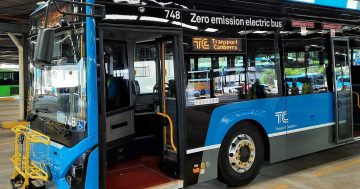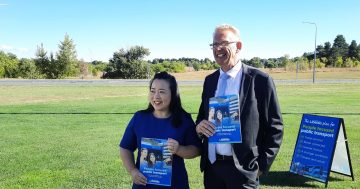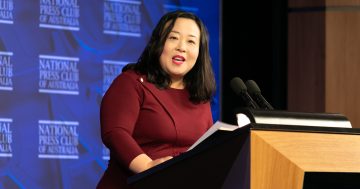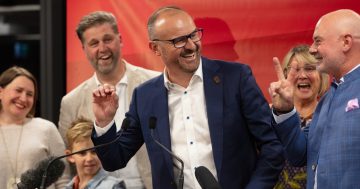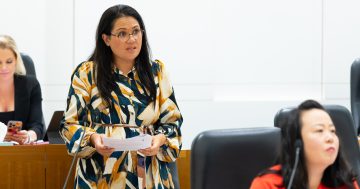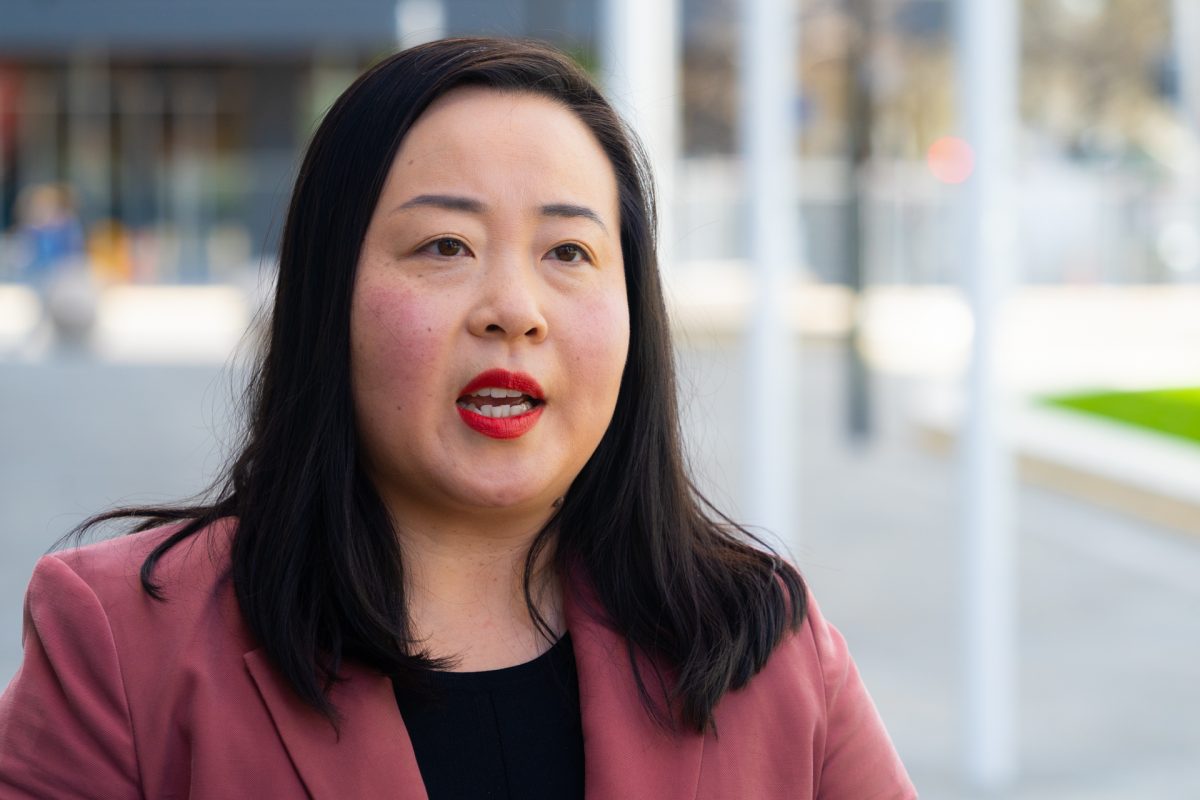
Opposition Leader Elizabeth Lee has promised the Canberra Liberals will have a full public transport strategy ahead of the next election. Photo: Region.
After months of going cold on light rail, the Territory’s Opposition has broken its silence on the project revealing it does not support the line to Woden.
Opposition Leader Elizabeth Lee said the party, if elected at the 2024 election, would not proceed with building the network.
Ms Lee has promised a “comprehensive transport policy” will be released in the lead-up to the next election, hinting at new technologies including electric buses which could be an alternative.
“What the Canberra Liberals put forward in this space will be driven by transport outcomes that ensure fast, reliable and environmentally friendly services,” she said in a statement.
The party has been teasing at a light rail announcement since it first delayed making one scheduled for the day Queen Elizabeth II died.
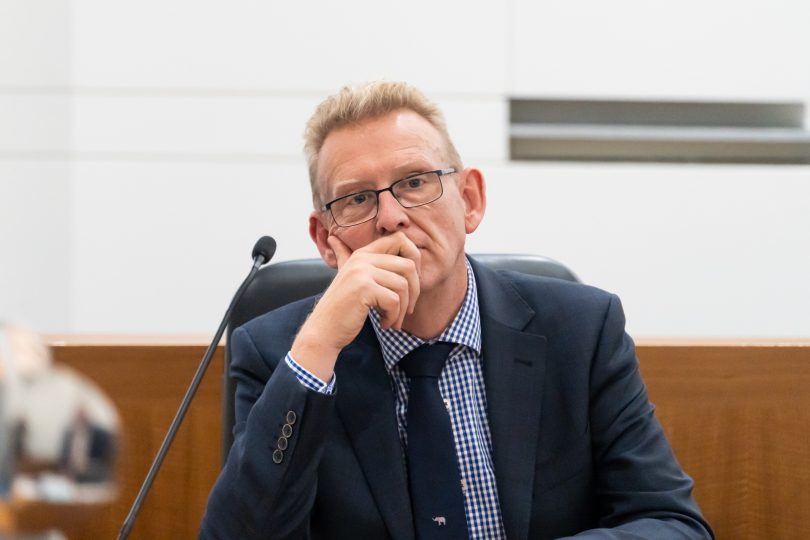
Opposition spokesperson for transport Mark Parton has been hinting at a lack of support for light rail for months. Photo: Region.
The Opposition Leader and her colleagues, especially the party’s transport spokesperson Mark Parton, have been hinting at a lack of support for the project for months.
This comes despite them having run on a pro light rail position at the 2020 election.
That support was somewhat inconsistent at times, and they questioned whether a line to Belconnen would be better than one to Woden.
In recent times, the party has railed against the cost, which it now claims could blow out to $3 billion over the course of the build and would have “significant ongoing social costs for Canberrans”.
“This Labor-Greens government has ripped millions out of hospitals, schools, public housing and policing to help pay for the tram,” Ms Lee said.
“As a result, we have the longest emergency department wait times in the country, teachers at breaking point with schools being closed down due to violence, a housing crisis, and the lowest number of police per capita of any state and territory.”
Those claims are refuted by the government, which also said the $3 billion figure now being cited by the Liberals was inaccurate, as was the party’s projected completion date of 2034.
Transport Minister Chris Steel has repeatedly refused to reveal how much the line to get light rail to Woden will cost.
His argument is that revealing the cost of the project would jeopardise the procurement process.
Last week, he accused the Opposition of betraying the Southside by dropping support for the Woden line and called them out on what he perceived as a “backflip” on their previous position.
Preparatory works to raise London Circuit have now begun. They are needed to create a level intersection with Commonwealth Avenue to enable light rail’s right-hand turn from London Circuit towards the lake.
The raising of the road is expected to take two years and then laying the tracks and building the stops to Commonwealth Park is expected to take another two.












